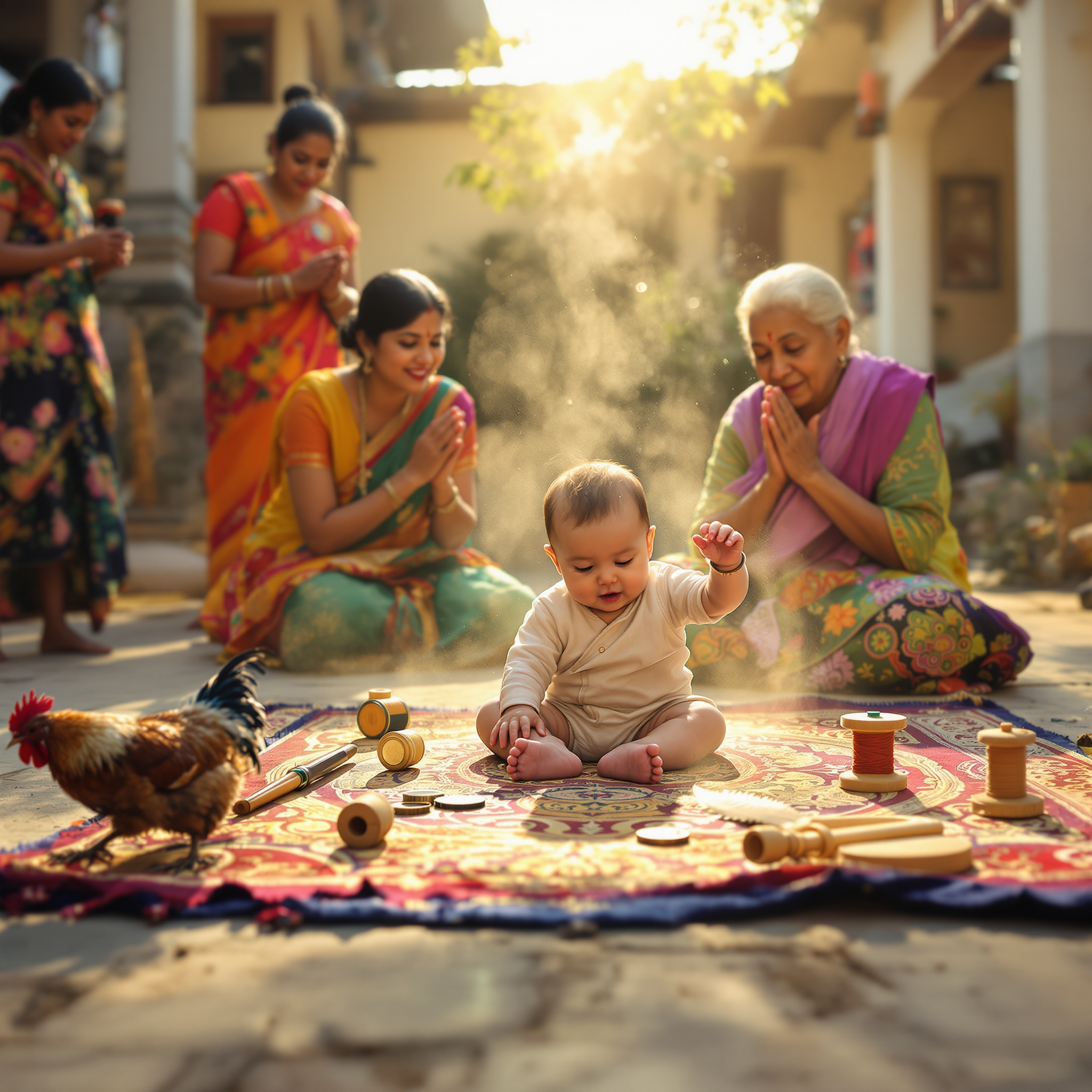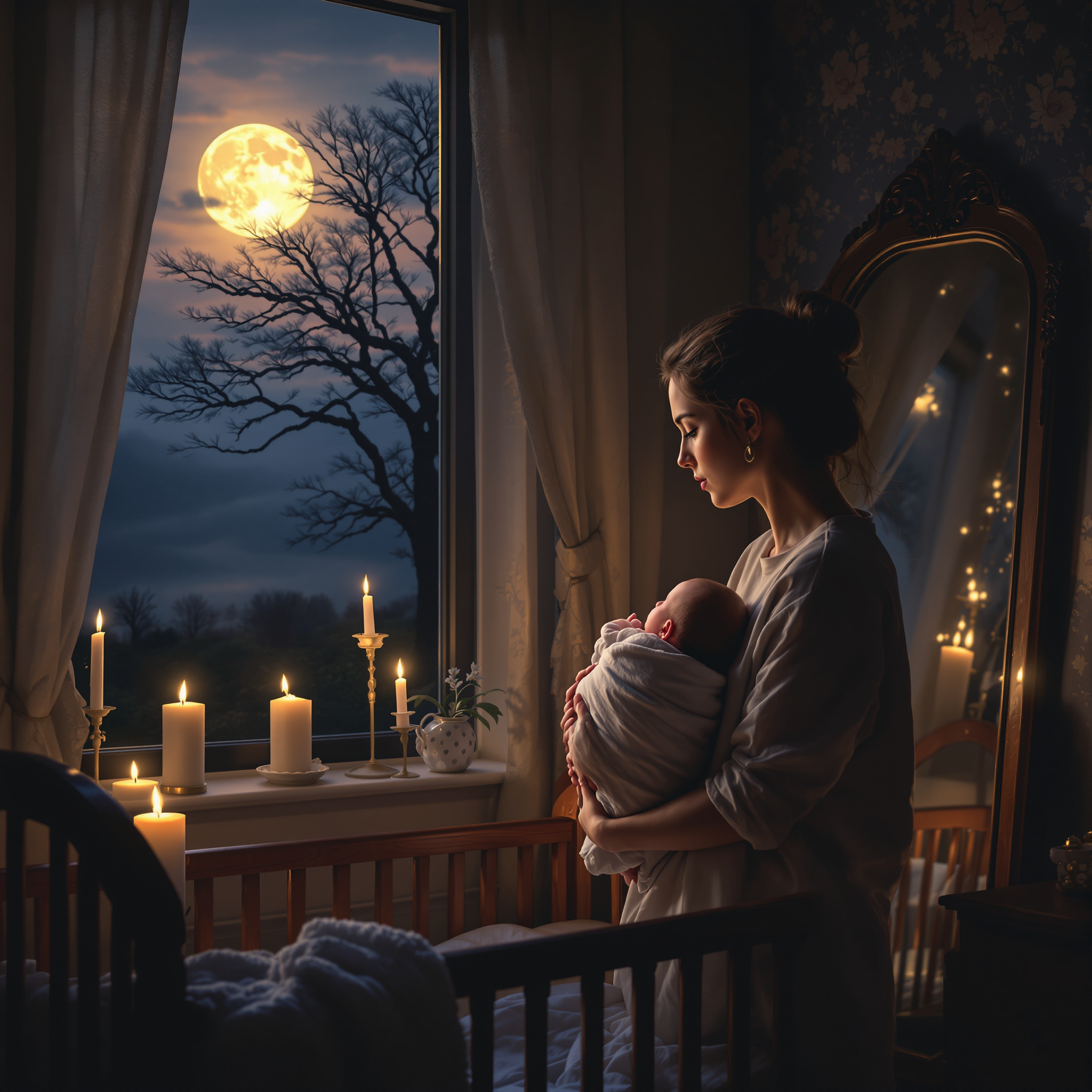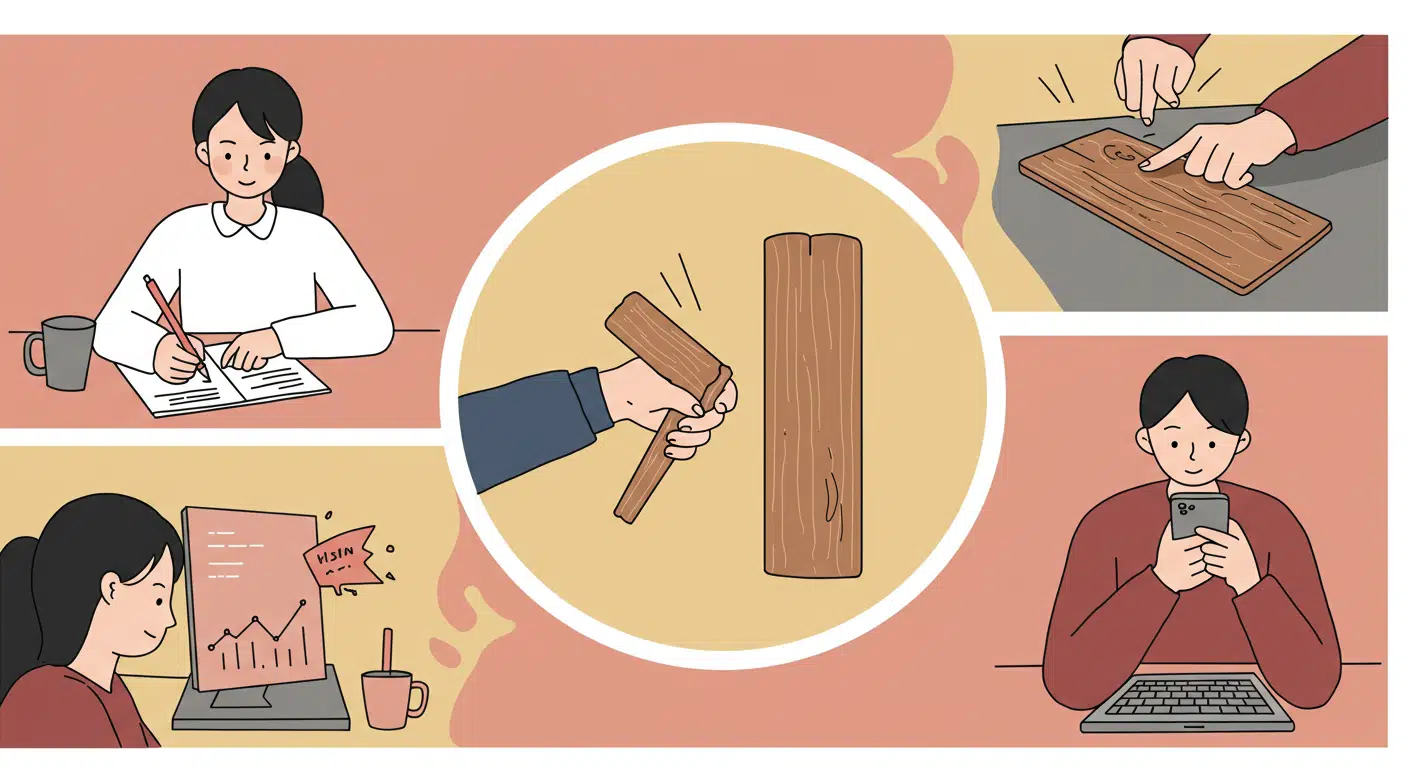According to this superstition, newborns should be kept away from reflective surfaces—particularly mirrors—during the early weeks of life. It is believed that allowing a child under one month old to see its own reflection can disrupt normal teething, causing pain, delays, or complications. The reasoning typically stems from the belief that mirrors possess mystical or spiritual properties, and exposing a vulnerable infant to a mirror might ‘disturb’ the child spiritually or physically, particularly at formative stages. In practice, caretakers might cover mirrors or keep children in rooms without reflective surfaces until they are a few weeks old. Although the belief is not based in medical science, it fits into a broader category of traditional folk practices intended to protect infants during their most fragile developmental phase.

A baby’s future career or fate is predicted by the first object they select during a ceremonial setup.
In several Asian and Eastern European cultures, a traditional ceremony is held for babies usually around their first birthday. Known


